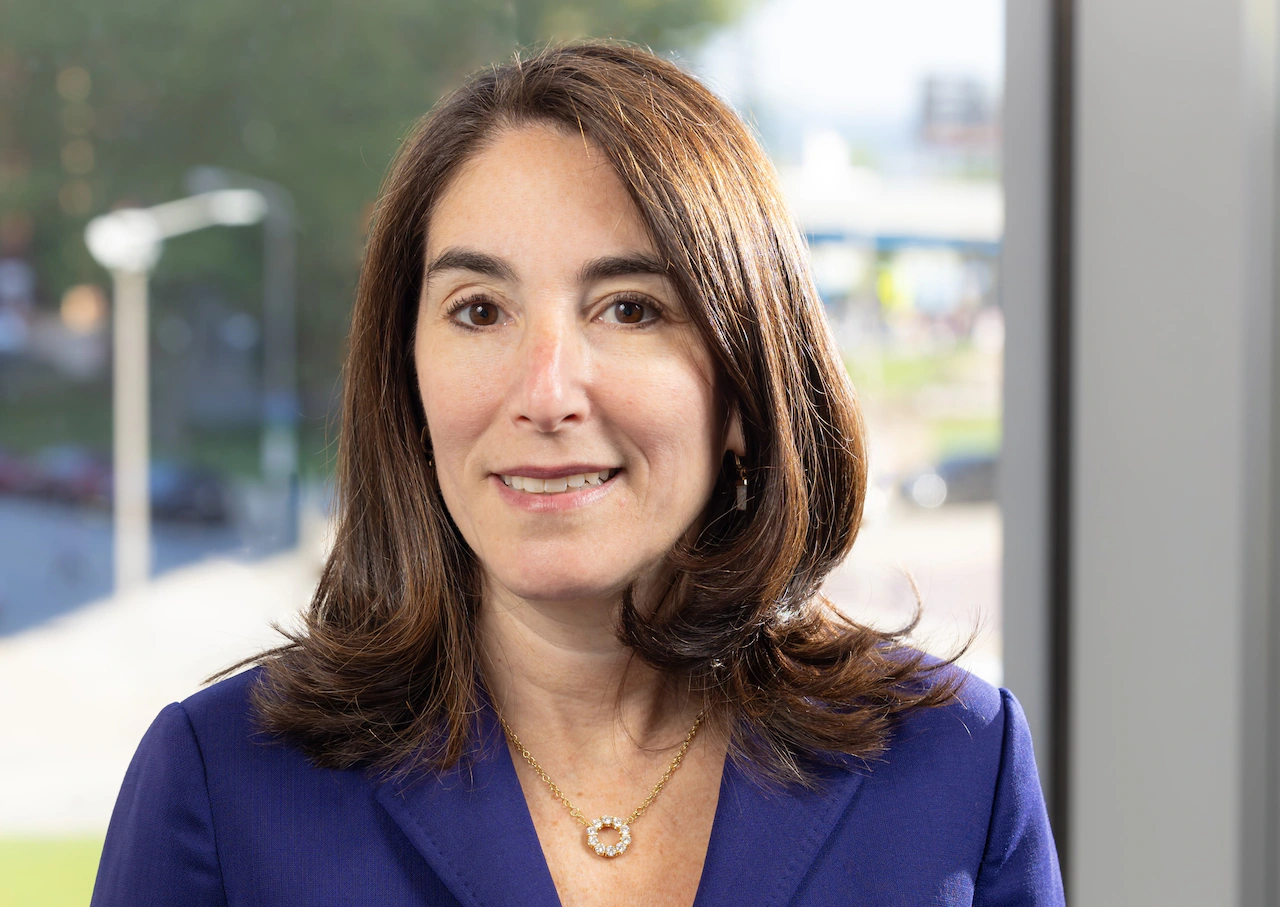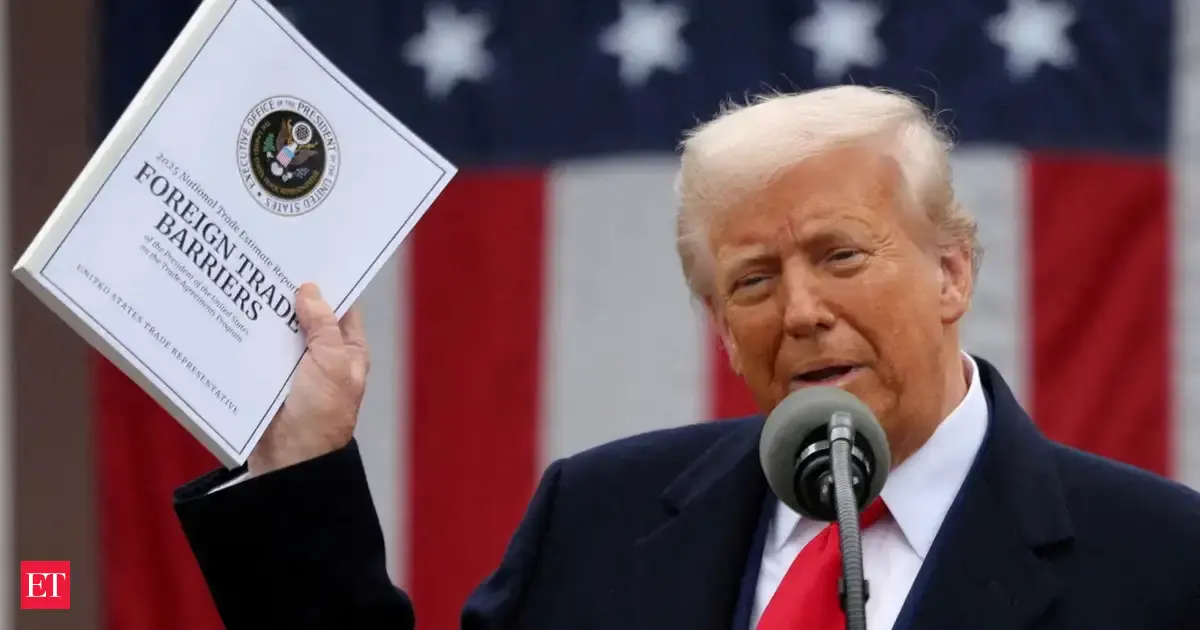
CLEVELAND — Federal Reserve Bank of Cleveland President and CEO Beth Hammack says the central bank is keeping a close eye on inflation and a “two speed” economy that is particularly challenging for middle- and lower-income families.
She spoke Monday at an event hosted by the Cleveland Fed, one of 12 regional banks in the federal reverse system. The event was moderated by Lila Mills, editor-in-chief of Signal Cleveland.
The impact of that challenging economy is being felt by working families across Ohio and the broader Fourth District, which encompasses all of Ohio and parts of Pennsylvania, West Virginia, and Kentucky.
Inflation currently runs around 3%, a full percentage point above the Fed’s 2% target, and is expected to continue to rise, Hammack said. On the employment side, unemployment sits at 4.3%, which Hammack considers near maximum employment levels.
For the wealthy, inflation and unemployment aren’t particularly issues of concern, but the economic environment is particularly challenging for working families, Hammack said.
“You know, one of the things I hear about a lot when I’m out in the district is that we really are in a two-speed economy,” Hammack said. “You’ve got the top end of the of the income spectrum who’s doing incredibly well. Prices go up, and they’re just happy to pay them. They want whatever goods or services they want, and it’s fine.
“But at the lower- and middle-income portions of the communities, people are really struggling. They’re having a hard time figuring out how to feed their families, how to find housing that’s going to be safe and reliable,” she said.
While Hammack said that unemployment is “pretty healthy rate,” other data points tell the story of the labor market.
“When I’m out with businesses, the one thing that I hear repeatedly is that we’re in this low hiring, low firing environment. I’m not hearing business leaders who want to shrink their workforce materially, but because people aren’t leaving their jobs, there isn’t that opportunity for new things,” she said.
For college graduates, that reality means that they are having a difficult time finding work, because others aren’t leaving their positions.
Hammack’s conversation event came shortly after the Federal Open Market Committee voted cut interest rates by 0.25%. Hammack said that the decision came as the “balance of risks has shifted.”
Hammack said that she is ‘laser focused’ on inflation and warned against removing monetary restrictions to bring those numbers down.
“I think that we should be very cautious in removing monetary policy restriction, because I think it’s important that we stay restrictive to bring inflation back down to target,” she said.
Hammack also addressed concerns about tariffs contributing to rising costs, saying research shows tariffs are having their expected economic impact. She said that that businesses may have absorbed some tariff costs initially, but something to watch moving forward is if costs continue to be passed on to consumers.
“I do expect that early next year we’ll start to see another wave of pricing pressures. There are a lot of contracts that get negotiated at the beginning of the year, and so we could see another wave of price increases that are happening in the first and second quarters of next year. So that’s something we need to continue to watch.”
Hammack also said that the central bank’s independence remains intact despite what she called “novel” pressures, including an unprecedented attempt from President Trump to remove a sitting Federal Reserve governor.
“For the first time ever, we have a president who’s trying to fire a sitting governor, and so we’ll see how that plays out. There’s a process for it, and we’ll see where that goes. But what’s important to me when I think about independence is that when I and my colleagues walk into that monetary policy room, that we are able to make decisions based on data,” she said.
“Whether that’s hard data, stories that we learn for our district, individual experiences … that we all bring our perspective the diversity of how we all grew up in the world, and we’re making the decisions in that room to achieve that dual mandate of maximum employment and stable prices,” Hammack continued.



